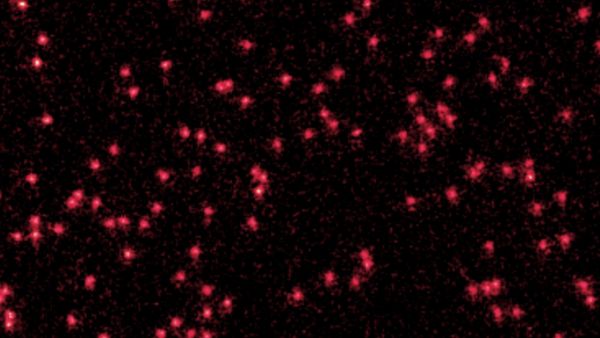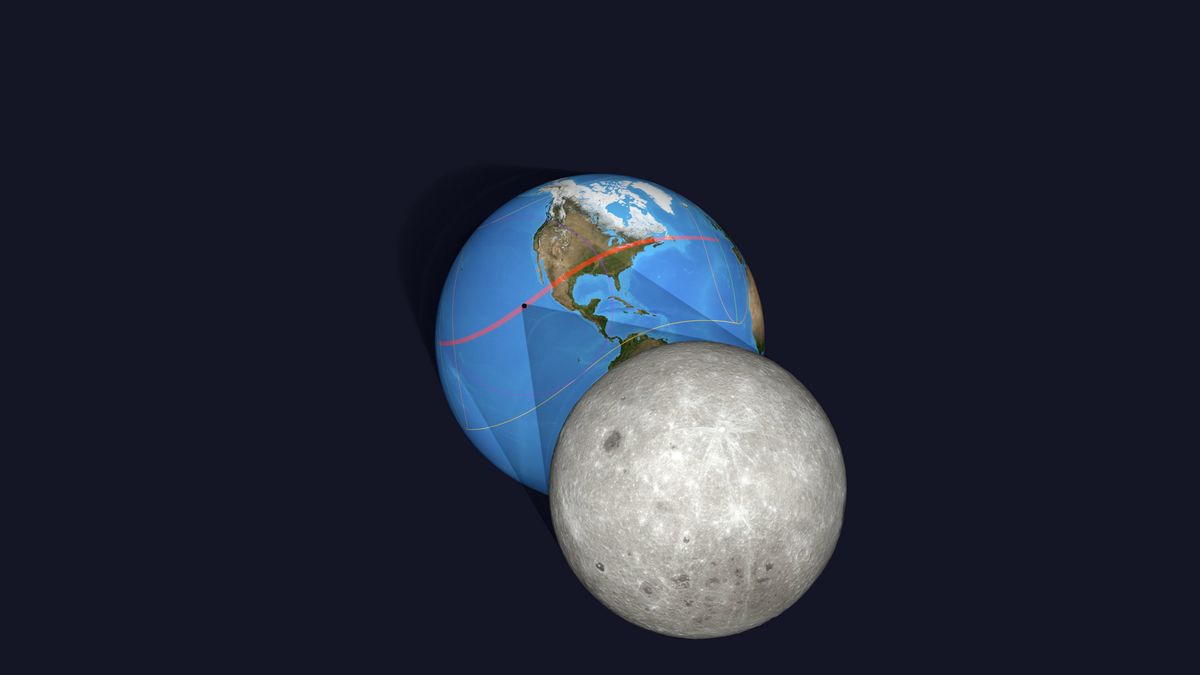Breakthrough in Quantum Mechanics: Capturing the Wave-Like Nature of Atoms
Physicists have achieved a remarkable milestone by capturing a detailed image depicting individual atoms exhibiting behavior akin to waves, a phenomenon never visualized before. This groundbreaking image showcases distinct red fluorescing dots representing atoms transitioning into amorphous wave packets, underscoring the dual nature of atoms as both particles and waves, a fundamental tenet of quantum mechanics.
Unveiling the Wave Nature of Matter
The innovative imaging technique developed by the scientific team has been documented in a publication on the prestigious preprint server arXiv, pending peer review. The researchers expressed profound sentiment regarding the enduring enigma surrounding the wave nature of matter, a perplexing facet of quantum mechanics. They postulate that this novel imaging approach holds promise for visualizing complex systems, thus shedding light on profound questions within the realm of physics.
Proposed by Louis de Broglie in 1924 and further elucidated by Erwin Schrödinger two years later, the theory of wave-particle duality posits that all matter, including quantum-scale entities, simultaneously exists as both particles and waves. Schrödinger’s wave function equation metaphorically portrays atoms as discrete packets of wave-like probability that collapse into distinct particles upon observation, an astonishing concept corroborated by a myriad of experimental studies.
Experimental Advancement in Quantum Imaging
In a bid to capture the intricate duality of atoms, the physicists embarked on a process involving the cooling of lithium atoms to near-absolute zero temperatures through laser photon bombardment. Subsequently, the atoms were confined within an optical lattice as discrete packets. By intermittently toggling the optical lattice on and off, the researchers facilitated the transformation of the atomic confinement from a particle-like state to a wave-resembling configuration and vice versa.
A microscopy camera meticulously recorded the light emissions from atoms in their particle state at distinct intervals, with the atoms displaying wave-like behavior during the transitional phases. Leveraging an amalgamation of numerous images, the researchers delineated the spatial evolution of the atomic wave function over time, aligning harmoniously with Schrödinger’s seminal equation.
Dr. Tarik Yefsah, a physicist affiliated with the French National Centre for Scientific Research and the École Normale Supérieure in Paris, elucidated that the imaging technique essentially encapsulates the concept of sampling the wavefunction density, akin to the pixels on a CCD camera. This analytical framework allows for the comprehensive portrayal of atomic behavior in both particle and wave states.
Implications for Future Research
While acknowledging the current image as a rudimentary demonstration, the scientists articulated their intent to delve deeper into exploring systems featuring strongly interacting atoms, which are less comprehensively understood. By unraveling the complexities of such systems, researchers anticipate enhancing their comprehension of esoteric states of matter, such as those manifested within the dense cores of neutron stars or the hypothetical quark-gluon plasma postulated to have existed in the aftermath of the Big Bang.
Image/Photo credit: source url





